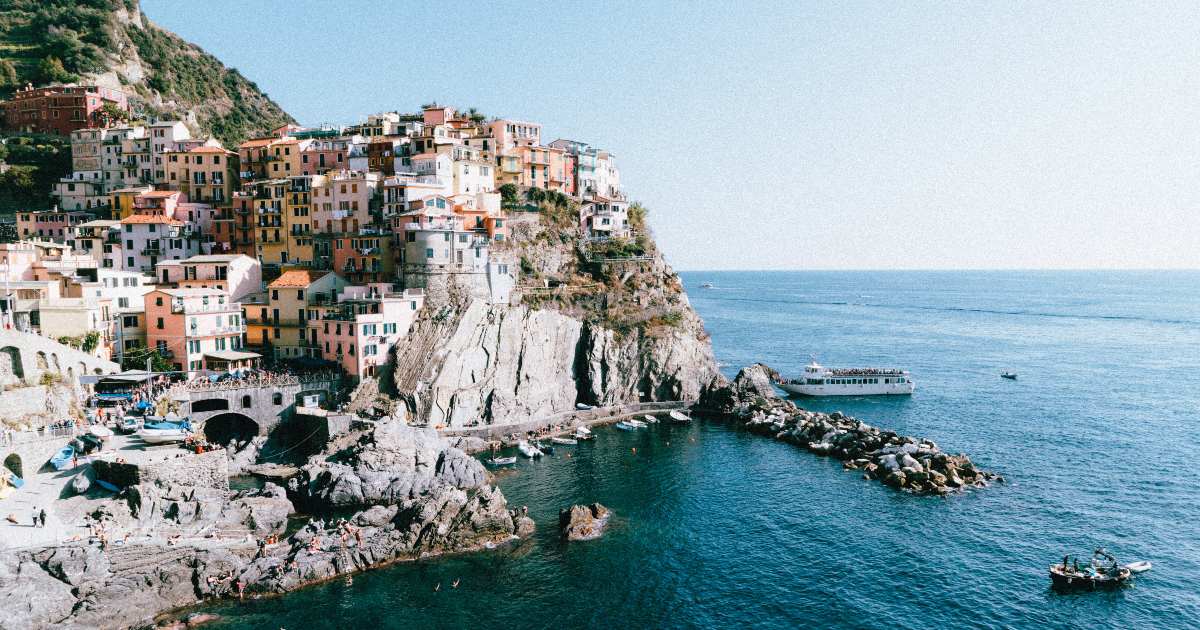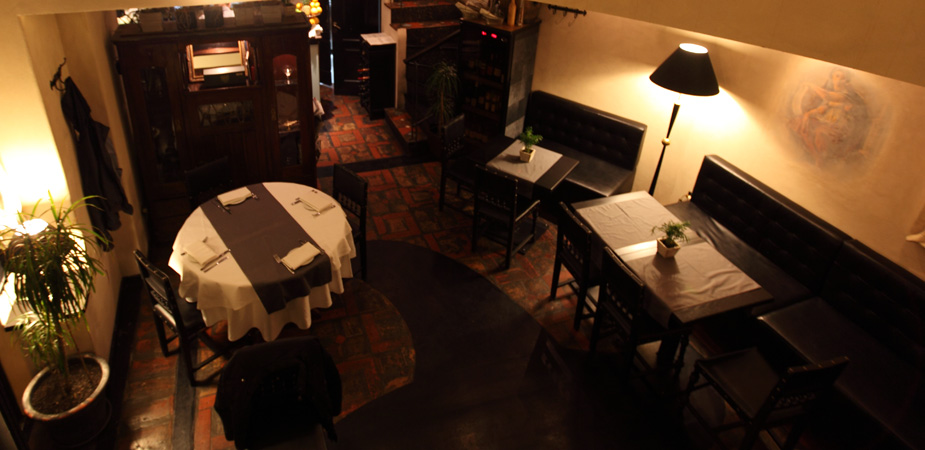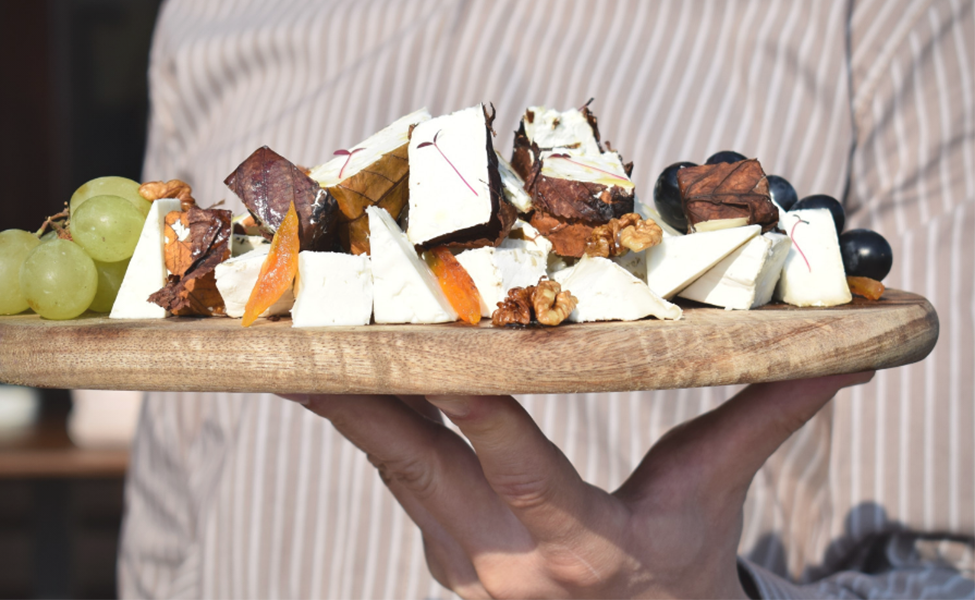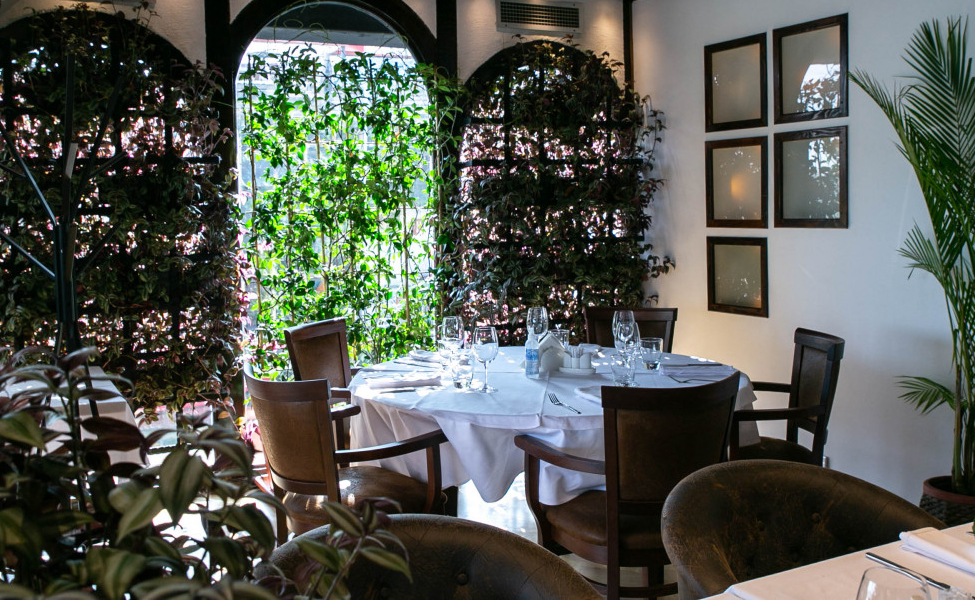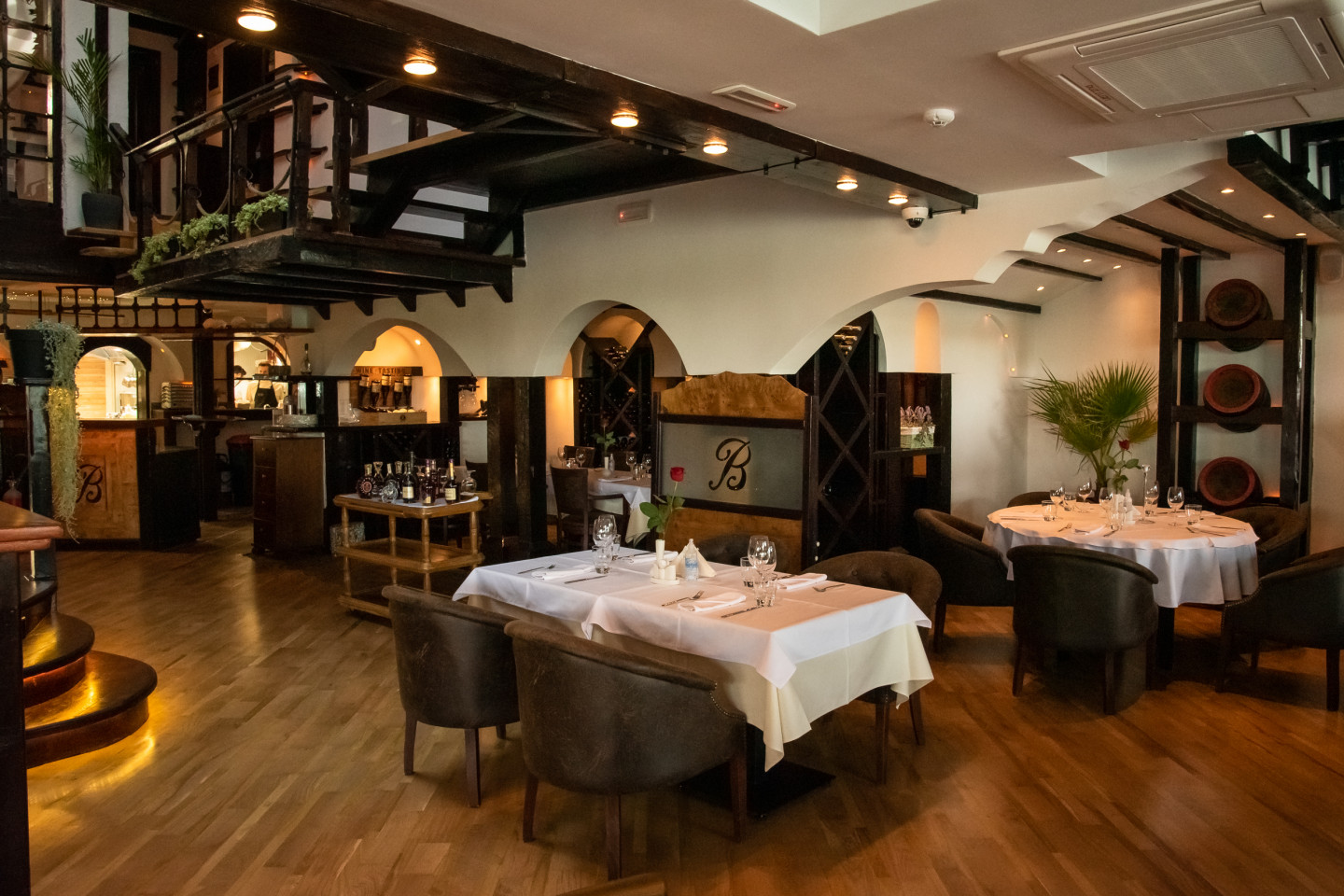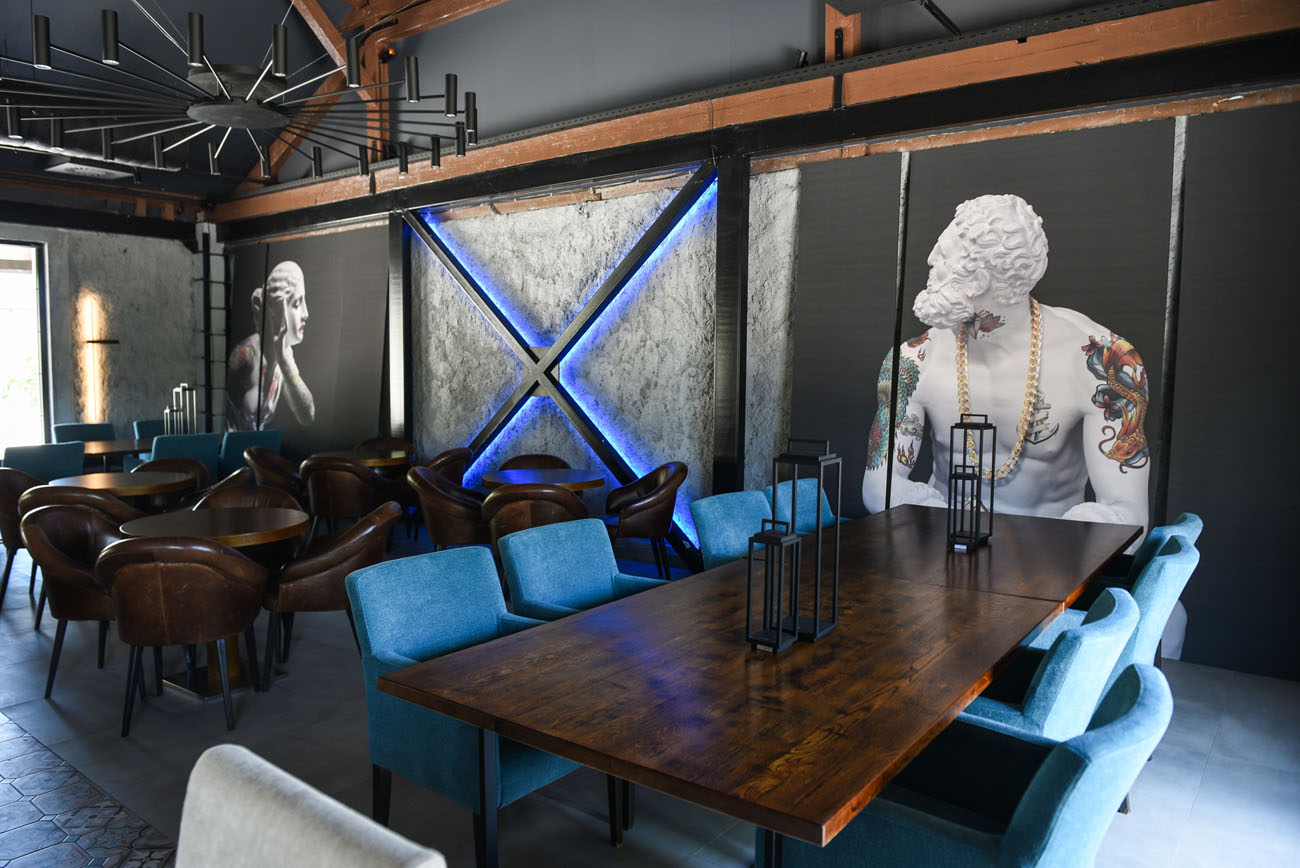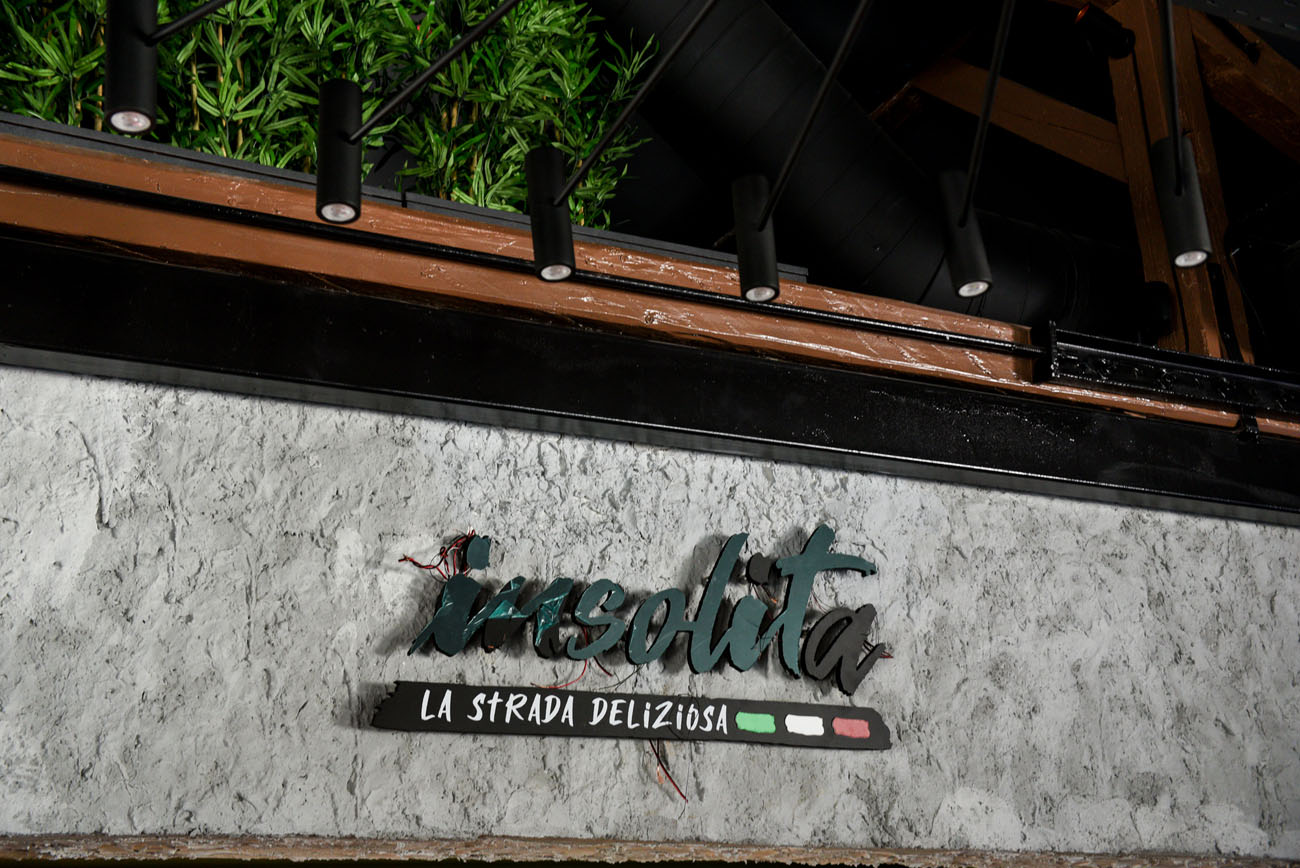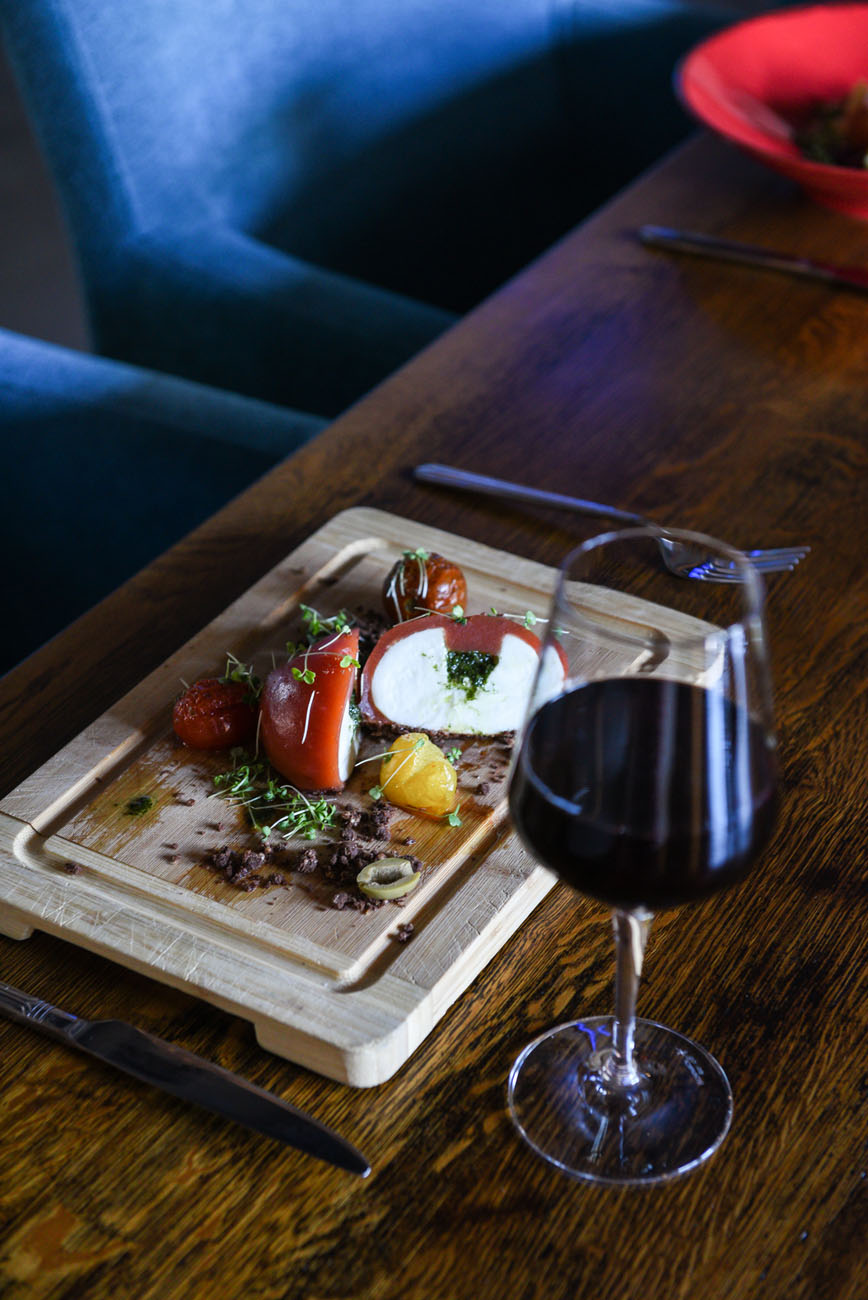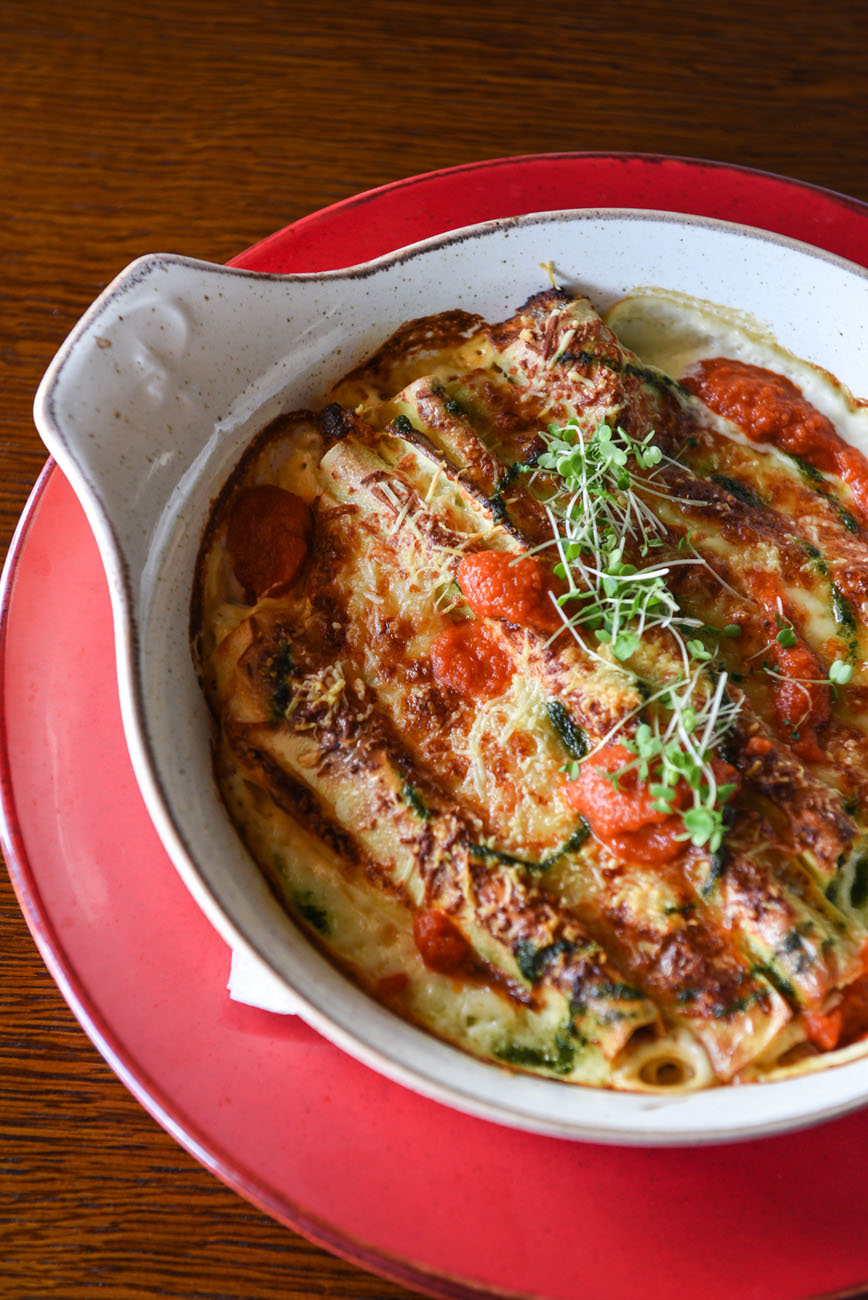Most famous restaurants and culinary cities in Europe
Europe offers an exceptionally diverse restaurant scene — from classic bistros and trattorias to cutting‑edge fine dining. Each city builds its culinary identity around local ingredients, tradition and influential chefs.
Paris
Parisian cuisine is synonymous with refinement, featuring bistros, patisseries and Michelin-starred restaurants. Neighborhoods like Le Marais and Saint-Germain, and restaurants such as L'Arpège and Septime, stand out.
Rome
Roman cooking celebrates simplicity and quality ingredients — pasta, guanciale and seasonal produce. Trastevere and Campo de' Fiori host authentic trattorias; examples include Roscioli and La Pergola.
Barcelona
Catalan cuisine blends Mediterranean flavors with modern creativity. El Born and Barceloneta are great for tapas and seafood, while innovative spots like Disfrutar showcase contemporary techniques.
Athens
Greek cuisine emphasizes olive oil, fresh seafood and time-honored recipes. Areas such as Psyrri and Plaka offer tavern-style dining; modern interpretations can be found at places like Funky Gourmet and Varoulko.
Vienna
Viennese dining mixes imperial traditions with contemporary trends — from coffeehouse culture to fine dining. Naschmarkt, cafes along the Ringstrasse and restaurants like Steirereck highlight the city's range.
Prague
Czech cuisine features hearty meat dishes and beer culture, while the Old Town blends traditional and modern dining. Neighborhoods like Malá Strana and restaurants such as Eska and Field offer varied experiences.
Copenhagen
The Scandinavian scene is known for minimalism, seasonal produce and a local-first philosophy — the New Nordic movement. Restaurants like Geranium and the legacy of Noma have shaped global dining.
San Sebastian
The Basque coast is a benchmark for pintxos and high-end gastronomy; Parte Vieja is the pintxos hub, while Arzak and Mugaritz exemplify creative Basque cuisine.
Types of restaurants and cuisine styles in Europe
Europe blends many culinary traditions and dining styles — from village inns to metropolitan temples of food, each style brings a different atmosphere and expectation.
Traditional restaurants
Atmosphere: warm, often rustic; Price range: low to mid; Guest experience: homestyle dishes, generous portions and friendly service. Common in Italian trattorias, Greek tavernas and Central European inns.
Modern & Fusion
Atmosphere: creative and urban; Price range: mid to high; Guest experience: inventive plates combining techniques and ingredients from multiple traditions. Widely found in Barcelona, London and Berlin.
Fine Dining & Michelin
Atmosphere: formal or minimalist, often tasting‑menu oriented; Price range: high; Guest experience: emphasis on presentation, seasonal produce and impeccable service. Examples: top restaurants in Paris, Copenhagen and San Sebastian.
Brasseries & Bistros
Atmosphere: relaxed yet polished; Price range: mid; Guest experience: quick high-quality lunch or casual dinner, good wine lists and simple well-executed dishes. Typical in Paris, Vienna and other European cities.
Family & Local Taverns
Atmosphere: informal and welcoming; Price range: low to mid; Guest experience: authentic local recipes and hearty portions. Found across villages, regional towns and family-run chains preserving tradition.
Michelin-star restaurants and awarded chefs
Europe has a long fine-dining tradition and the highest concentration of Michelin restaurants worldwide — from historic institutions to a new generation of ingredient-driven innovators.
Paris
Paris hosts many prestigious kitchens; chefs like Alain Ducasse and restaurants such as L'Arpège are famed for precision and seasonal plates.
Milan / Italy
Italy blends legacy and new talent; establishments like Osteria Francescana (Modena) and Milan's starred venues marry tradition with innovation.
San Sebastian
The Basque scene is celebrated for creativity and exceptional local produce; Arzak and Mugaritz are internationally renowned examples.
Copenhagen
Scandinavian avant‑garde elevated fine dining; restaurants such as Geranium and the legacy of Noma emphasized minimalism and ingredient focus.
Vienna
Austrian fine dining mixes classical technique with modern approaches; Steirereck is a standout example using local produce in inventive ways.
Barcelona / Girona
Spanish gastronomy, including El Celler de Can Roca and Catalan hotspots, is known for creativity and technical excellence.
London
London is an international hub with chefs like Gordon Ramsay and many awarded venues, offering a wide range from classic to cutting edge.
Modena & Emilia-Romagna
The region is famed for exceptional ingredients and restaurants that pair local tradition with modern technique, producing many acclaimed chefs.
Prices and dining culture across Europe
Dining culture varies across Europe — from relaxed late dinners in the south to earlier, more formal service in the north. Knowing local habits will help you enjoy meals and interact with staff.
- Average meal prices: in Southeast Europe expect 8–20 EUR for budget options; in Western Europe 15–40 EUR for a standard meal; fine dining tasting menus commonly run 80–300+ EUR per person.
- Tipping: service may be included in many places; where not, 5–10% is common in Western Europe. In some countries tipping is modest or symbolic.
- Opening hours: city restaurants often serve lunch and dinner; small local places may close between 15:00–18:00 or be closed on Sundays.
- Dinner times: Southern Europe dines later (20:00–23:00), while Northern and Central Europe often eat earlier (18:00–20:00).
- Reservations: for popular spots and fine dining, book 1–4 weeks ahead; top restaurants may require months of lead time.
- Dress code: casual for most bistros, smart casual or formal for high-end dining rooms.
- Local vs tourist behavior: locals have favorite spots and routines; be respectful, learn a few local phrases and follow local dining norms.
- Sharing plates & tasting menus: sharing is common for tapas/pintxos; tasting menus are typically served as a set progression and may limit substitutions.
- Cancellation policies: vary widely — some places require card guarantees. Check cancellation terms when booking.
- Taxes & service: prices usually include VAT, but service charges may be separate — check the bill.
- Dietary requirements: most cities offer restaurants able to accommodate allergies or diets, but inform the restaurant in advance.
Restaurants with a view and unique ambiance
Many European restaurants are famous as much for their setting as for their food — sea views, mountain panoramas or historic rooftops elevate the dining experience.
La Sponda (Positano, Italy)
Atmosphere: romantic and candlelit; Interior: classic elegance; Cuisine: Mediterranean with fresh seafood and local produce.
Nautika (Dubrovnik, Croatia)
Atmosphere: elegant with sea and city wall views; Interior: formal coastal charm; Cuisine: Dalmatian seafood specialties.
Terasa U Zlaté studně (Prague, Czech Republic)
Atmosphere: sophisticated terrace overlooking Prague Castle; Interior: intimate urban setting; Cuisine: modern European with local ingredients.
Le Ciel de Paris (Paris, France)
Atmosphere: panoramic and celebratory; Interior: modern elegance; Cuisine: French fine dining focused on seasonal produce.
Ambrosia and cliffside restaurants (Oia, Santorini, Greece)
Atmosphere: cliff terraces with stunning sunsets; Interior: white-and-blue island aesthetic; Cuisine: Mediterranean and Greek dishes paired with local wines.
Duck & Waffle (London, UK)
Atmosphere: urban rooftop with skyline views; Interior: contemporary and lively; Cuisine: British and fusion, open for early and late service.
Martínez (Montjuïc, Barcelona)
Atmosphere: relaxed terrace with harbor views; Interior: Mediterranean terrace style; Cuisine: seafood-focused and Catalan specialties.
Fløien Restaurant (Bergen, Norway)
Atmosphere: mountain-side terrace overlooking fjords; Interior: rustic yet comfortable; Cuisine: Nordic ingredients and seasonal dishes.
Tips for booking restaurants in Europe
Planning restaurant visits ahead helps you avoid crowds and secure the best tables, especially for fine dining and popular local spots.
- Book online whenever possible via the restaurant's website or trusted apps — TheFork, OpenTable and regional platforms are reliable tools.
- For top restaurants, reserve weeks or months in advance; check whether there is a waiting list.
- Best dining hours vary: Southern Europe often starts around 20:00, while earlier slots are common in Central and Northern Europe.
- Indicate special requirements (allergies, vegetarian, celebrations) at booking so the kitchen can prepare.
- Check cancellation policies — some restaurants require a card guarantee and may charge for late cancellations.
- Use local apps and guides to find vetted places; recommendation: use Bookaweb guides to discover verified restaurants and reviews.
- Request window or terrace seating at the time of booking — these tables are in high demand.
- For special occasions ask about private dining rooms or customizable tasting menus in advance.
- Confirm your reservation a day before arrival, especially during high season or holidays.
- Be punctual: lateness can result in losing your table, particularly at small or busy restaurants.



